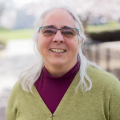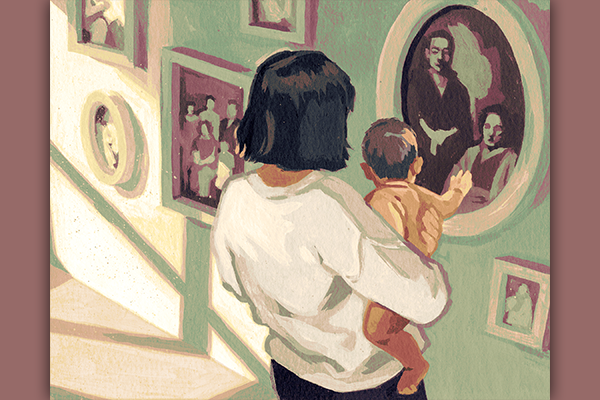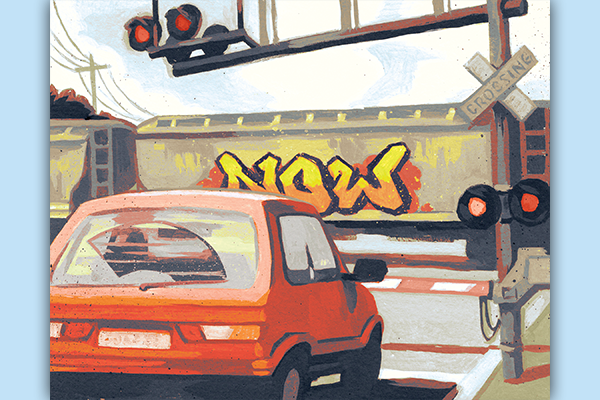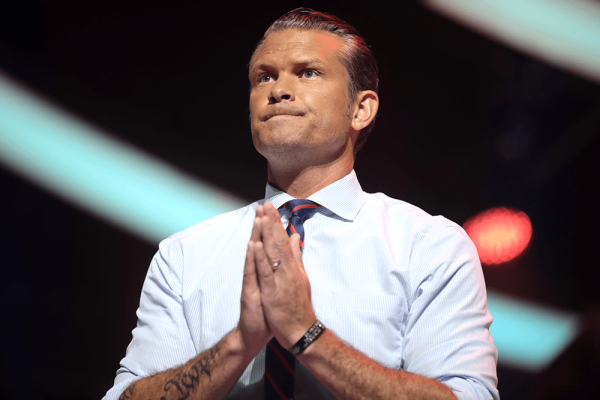TWENTY-FIVE YEARS ago, I visited the city of Chiclayo in northern Peru, then famous for its mercado de los brujos. Now it’s famous for producing Pope Leo XIV, new spiritual leader for 1.4 billion Catholics.
I was shocked when the conclave chose as pope Robert Prevost, a Chicago native and a Peruvian citizen. Prevost first went to Peru in 1985, when he was 30. After he served in various roles for his Augustinian order in northern Peru, Pope Francis appointed Prevost to the Diocese of Chiclayo, where he became bishop and served for nine years. Prevost worked with the Peruvian conference of Catholic bishops and on the conference’s economic council and commission for culture and education. In 2023, Pope Francis appointed him head of the Pontifical Commission for Latin America, putting Prevost in much closer contact with bishops across the continent. That same year, he became a cardinal. He is not “the first American pope”: Jorge Bergoglio, from Argentina, was. But Prevost, as the first U.S.-born pope, signals that Catholicism in the United States has come of age in the global Catholic Church.
Prevost-the-missionary-cardinal appears well-suited to institutionalize Pope Francis’ prophetic and expansive vision. However, Prevost-the-first-U.S.-born-pope seems more unpredictable. I’m grateful that he spoke Italian and Spanish at his opening address, signaling his close ties in Rome and Latin America. I’m glad he chose the name Leo, traditionally understood to recall Brother Leo, the confessor of St. Francis of Assisi, and Leo XIII, who instituted the foundational documents for Catholic social teaching in 1891.
And I’m anxious for him. When a man is chosen pope, it feels as if the world straps the cross to his back. Whatever life he enjoyed before ends. He becomes the rudder of the Barque of Peter. We see him age under the pressure. And yet, the Holy Spirit uses him to become the living essence of the gospel — each gesture of love, as Pope Francis demonstrated, can bring the Word to life.
I also worry about Pope Leo’s vulnerability to influence by the ecclesial and political far-right in Latin America and the U.S. — his susceptibility to power brokers who want to “make the Vatican great again.” In North and South America, what political scientist Paulo Ravecca calls “right-wing intersectionality” — a movement based on a politics of exclusion — has captured Catholic and evangelical Pentecostal institutions. These institutions have turned to promoting an authoritarian-based gender ideology serving narrow political ends, not gospel values.
Sadly, much of institutional Catholicism in the U.S. has lost its flavor — preferring conformity to doctrine over promoting a vibrant, inspiring dialogue with the Americas. It is hard to recognize in today’s U.S. Catholicism the spirituality that shaped Bruce Springsteen, Flannery O’Connor, Toni Morrison, Dave Brubeck, Andres Serrano, and Rachel Maddow. The world needs American Catholicism’s imaginative genius, with its rough-and-ready bent toward incarnational democracy. But right now, our church is sick from within. Catholic incarnational democracy requires a vivid religious imagination for the future, one that is expansive and polyphonic, not restrictive and homogenous. Pope Leo’s healing gestures may help revive that spiritual genius.
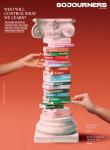
Got something to say about what you're reading? We value your feedback!

